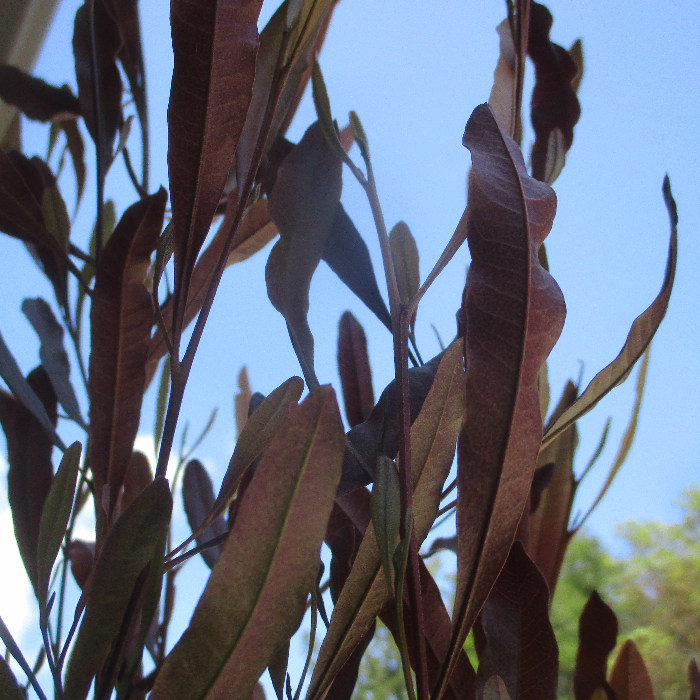UNITED STATES—Shade has become less of a priority for modern urban gardens than it still is for older and more spacious suburban gardens. Significantly less sunlight reaches the ground of such confined gardens among taller and shadier homes and fences. Even where shade might be desirable, space for shade trees might be minimal. Streets are the primary exception.
Streets, and associated curbs and sidewalks, are generally the sunniest situations within modern urban neighborhoods. They collect and radiate ambient heat that warms nearby homes and gardens, even if the weather is already unpleasantly warm. Cars that park on pavement without shade are vulnerable to the most heat, which accelerates weathering.
It is an unfortunate waste. Sunshine that is useless and undesirable on streets would be useful within gardens. Although sunlight is not transferable from one situation to another, it might be partially abatable with shade. Streets are certainly no place for gardening; but the space above them may have potential to accommodate the canopies of shade trees.
Appropriate street trees are assets to their neighborhoods.
Street trees are simply trees that flank streets and other roadways. Most are shady. A few are merely visually appealing. They may inhabit parkstrips, treewells or gardens that are adjacent to sidewalks. Many municipalities prescribe street trees for most of their streets. Conforming street trees are standard accessories for streets within new residential tracts.
Of course, street trees must be appropriate to their particular applications. They must get tall enough for clearance above the largest of vehicles that use the roadways below. For commercial districts, some must also stay above storefront signs. Contrarily, a few street trees must stay below aerial utilities. Street lamps, high or low, require clearance as well.
Size and form are not the only considerations. Roots of street trees must be complaisant with infrastructure. Mess should be as minimal as practical. The most complaisant street trees might stay too small to attain adequate clearance or provide much shade. The most visually appealing might be too messy. Selection of appropriate street trees necessitates significant research regarding every potential option.
Highlight: Hopbush
Johnny jump up and jumping cholla have no more than amusing names in common with hopbush, Dodonea viscosa. Neither a dangerous cactus nor a docile annual, hopbush is an elegantly upright and evergreen shrub. It is very popular for both informal and formally shorn hedging. With pruning, it can become a small tree with handsomely furrowed bark.
Hopbush has potential to get about as tall as a two story house, particularly with pruning for tree form. Conversely, with only occasional pruning for hedge form, it is just as happy to stay just six feet tall. Trees with single and straight trunks fit nicely into narrow spaces. Trees with a few irregular trunks that lean outwardly are more sculptural for larger areas.
The narrow evergreen leaves are about two or three inches long, with light bronzy color. ‘Purpurea’ has purplish bronze color, but does not grow as vigorously. Most hopbush are female, and generate interestingly papery seed. Bloom and seed production are variable though, and some specimens become male. Roots should be complaisant with concrete.
Horticulturist Tony Tomeo can be contacted at tonytomeo.com.







